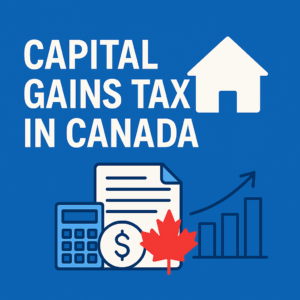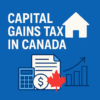Canada’s housing market has entered 2025 with sellers in control, as tight inventory and sustained demand keep the competition heated. The current landscape has evolved significantly over the past year, presenting new challenges for buyers and maintaining upward pressure on home prices.
Limited Inventory Keeps Sellers in Charge
Across much of the country, housing inventory remains at historic lows. This limited supply continues to give sellers the upper hand, especially in major urban centers where bidding wars and offers above asking price are still common. For buyers, finding affordable options remains a significant challenge, particularly as demand shows no signs of waning.
Interest Rates and Affordability: A Delicate Balance
Although mortgage rates have stabilized since last year’s peaks, they remain higher than the record lows seen in previous years. This has pushed affordability further out of reach for many potential buyers, especially in high-demand markets like Toronto and Vancouver. Even in smaller regions, prices have steadily climbed, creating barriers for first-time buyers and move-up purchasers alike.
New Construction: A Slow Path to Relief
Efforts to increase housing supply through new construction are underway, but these projects take time. High material costs, labor shortages, and construction delays mean that the immediate housing stock isn’t expanding quickly enough to ease pressure. As a result, the resale market continues to dominate activity, further reinforcing sellers’ strong position.
Regional Trends and Opportunities
While hot markets such as the GTA and Vancouver remain firmly in sellers’ territory, other regions of Canada are experiencing more balanced conditions. In parts of the Prairies and Atlantic Canada, buyers have a better chance of negotiating deals. However, the overarching national trend still favors sellers, and those seeking more affordable alternatives may need to consider relocating or exploring less competitive areas.
What to Watch in 2025
As the year progresses, market watchers are keeping an eye on potential policy changes, shifts in interest rates, and how the global economic climate impacts real estate. Although there’s optimism that increased housing starts and possible government interventions could help rebalance the market, the near-term outlook suggests sellers will continue to call the shots.
Buyers navigating this competitive environment will need to stay informed, act quickly, and maintain flexibility. By understanding the current conditions and preparing accordingly, they can position themselves to succeed, even in a seller’s market.

















